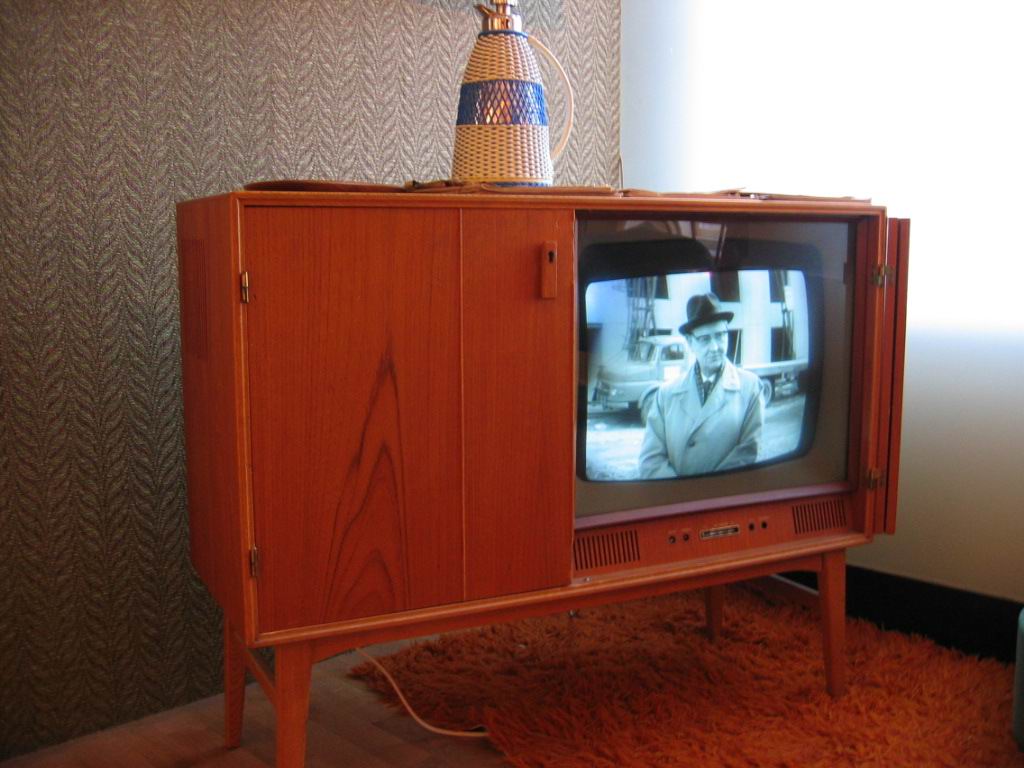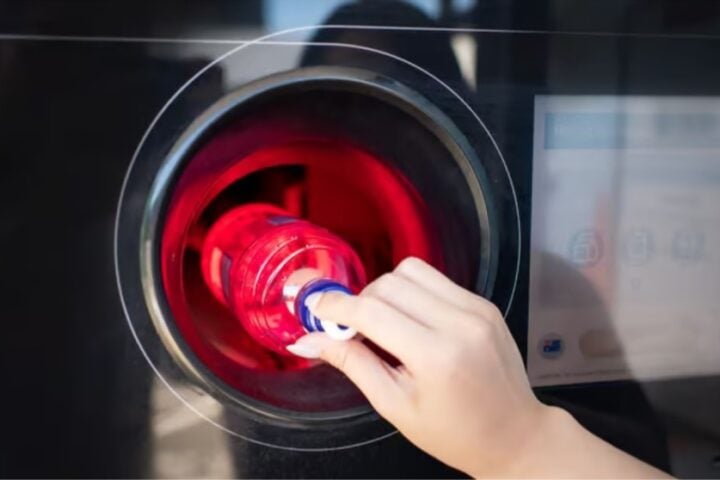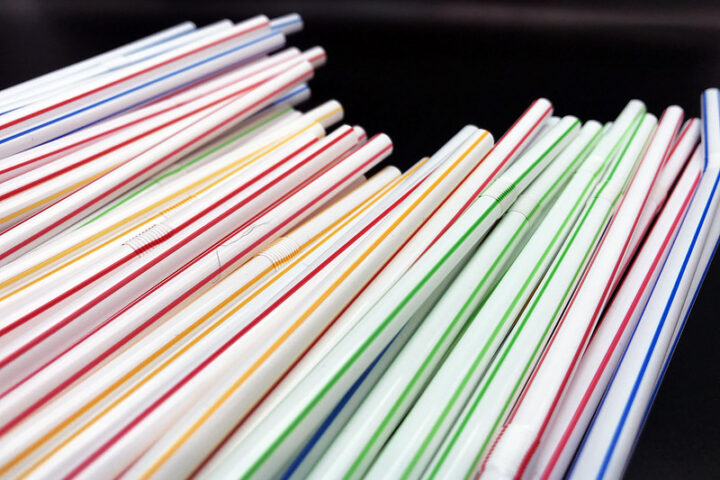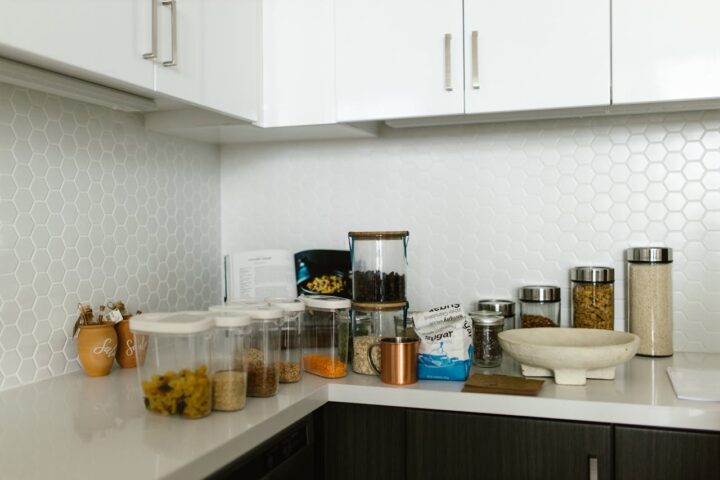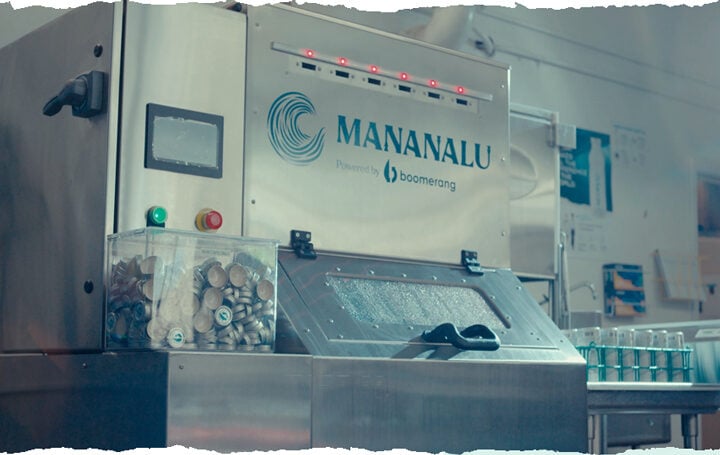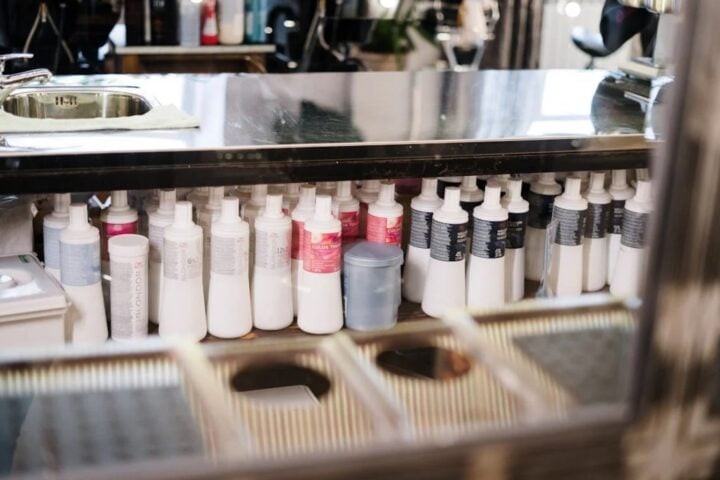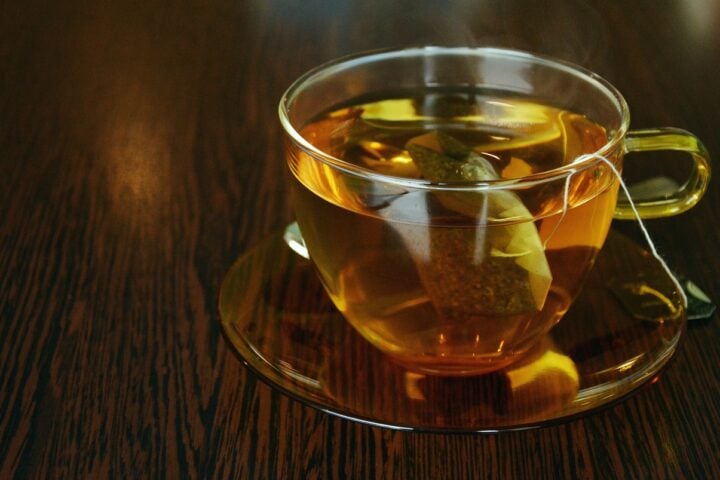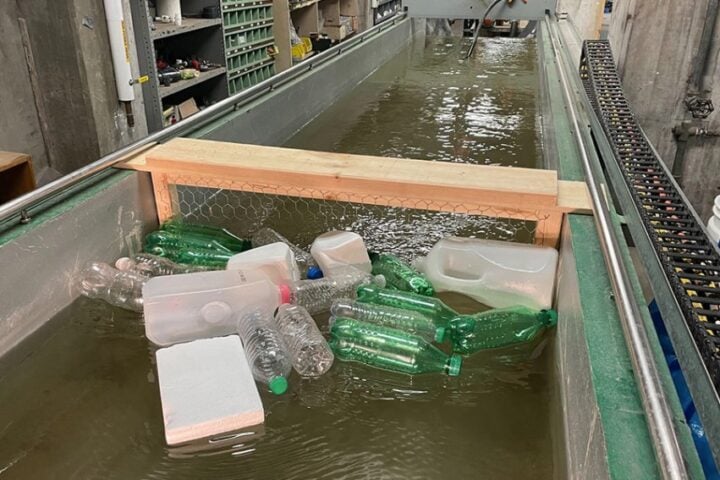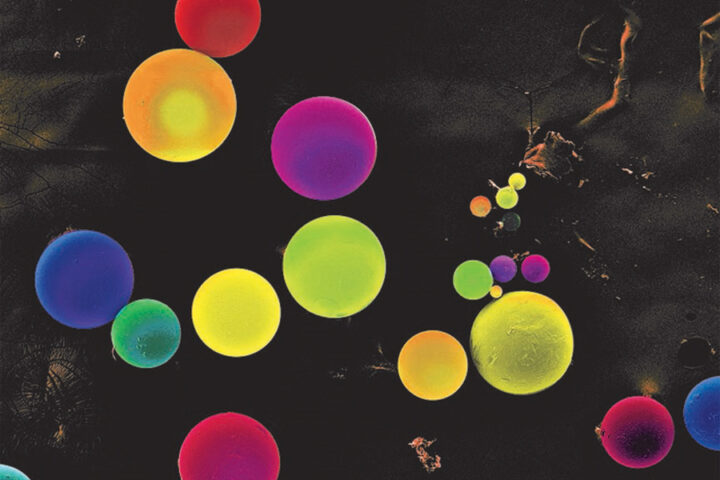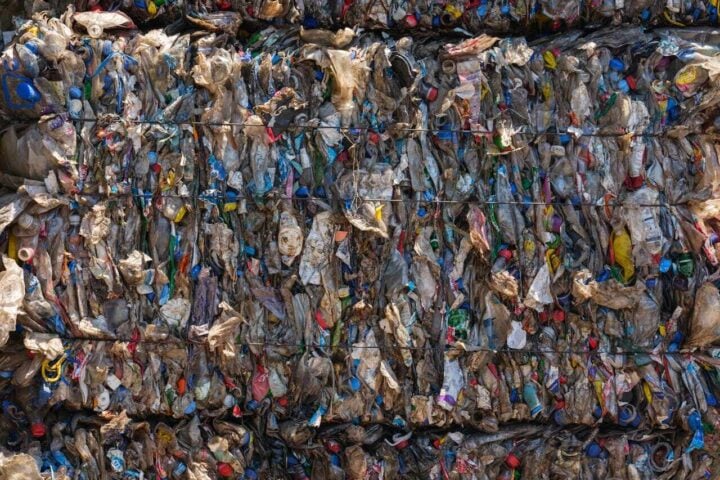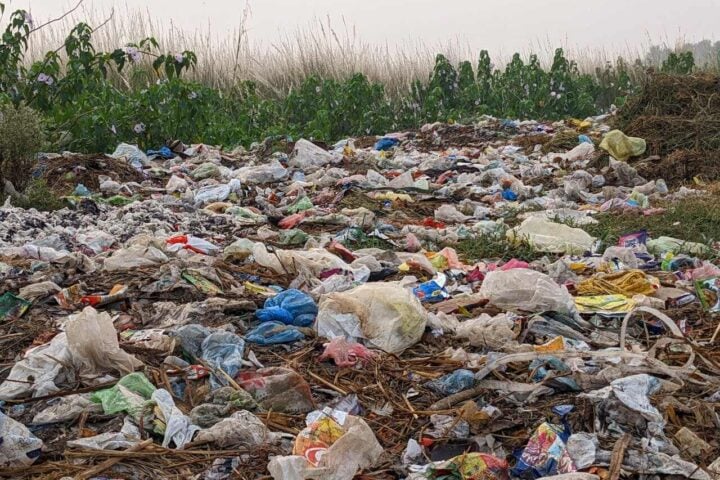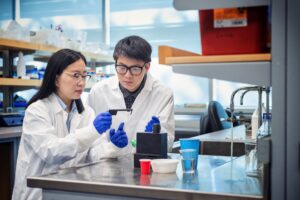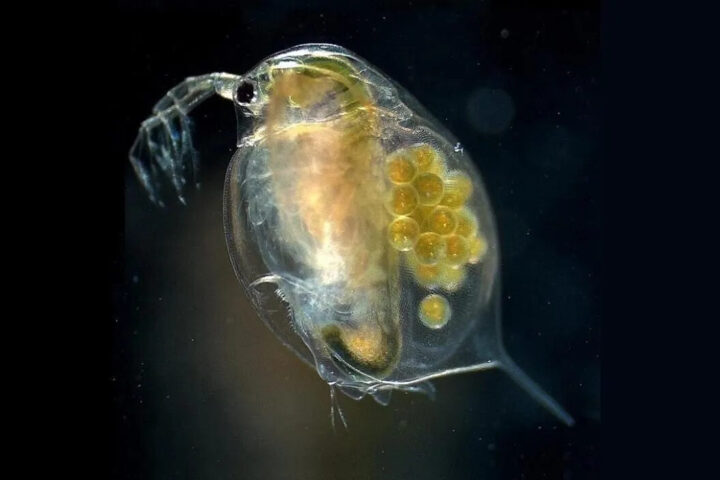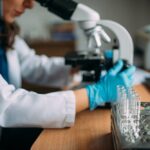In a groundbreaking discovery, scientists at James Cook University (JCU) in Australia have developed an innovative method to transform harmful microplastics into valuable graphene. The research, led by Professor Mohan Jacob and Dr. Adeel Zafar, offers a promising solution to the global plastic pollution crisis while providing a new source of the highly sought-after material.
The Microplastic Menace
Microplastics, tiny plastic particles less than five millimeters in size, have become a pervasive environmental threat. These non-degradable and water-insoluble particles are created when larger plastic waste breaks down, posing significant risks to marine life, ecosystems, and human health. It is estimated that up to 14 million tonnes of microplastics litter the ocean floor, 35 times more than the amount floating on the surface.
Microplastics can absorb harmful pollutants, which are then ingested by marine life and humans through the food chain. A recent US study, currently awaiting peer review, found microplastics in human brains for the first time, with levels 30 times higher than in the liver and kidneys. The study also revealed that microplastics now make up 0.5% of the brain’s weight, a 50% increase since 2016.
“These microplastics are notorious for their non-degradable and insoluble nature and are an evolving threat to fish and animals and humans,” said Professor Mohan Jacob.
Atmospheric Pressure Microwave Plasma Synthesis
To address this growing problem, the JCU researchers developed a technique called Atmospheric Pressure Microwave Plasma (APMP) synthesis. This method enables the efficient transformation of microplastics into graphene, a carbon material known for its exceptional properties.
In just one minute, the researchers produced approximately 5 mg of graphene from 30 mg of microplastics, achieving a production rate significantly higher than previous methods. The APMP technique offers a simpler, more environmentally friendly alternative to current graphene synthesis processes.
“The research not only pioneers a novel approach to graphene synthesis but also contributes to the broader goal of mitigating the adverse effects of microplastic pollution on our ecosystems,” Professor Jacob noted.
Graphene: The Wonder Material
Graphene, a one-atom-thick layer of carbon, boasts remarkable properties that make it highly valuable in various industries. It is harder than diamond, 200 times stronger than steel, and five times lighter than aluminum. These characteristics, combined with its excellent electrical and thermal conductivity, have led to its widespread application in sensors, water purification systems, energy storage devices, and biomedical technologies.
“Upcycling, which involves transforming plastic waste into higher-value materials rather than simply breaking it down, has a high demand,” said Dr. Adeel Zafar. “The graphene produced has potential applications in manufacturing sensors and purifying water by absorbing harmful chemicals like PFAS, which are widespread environmental contaminants.”
Similar Posts
Future Implications and Research
The JCU team’s discovery represents a significant milestone in the fight against plastic pollution and the advancement of sustainable materials. By converting microplastics into graphene, this method not only helps mitigate the environmental impact of plastic waste but also provides a new source of a valuable material.
Future research aims to further optimize the APMP technique and explore additional applications of graphene derived from microplastics. The potential impact on various industries, such as electronics, energy storage, and environmental technology, is immense.
“Approximately 30 mg of microplastics produced nearly 5 mg of graphene in 1 minute,” Dr. Zafar stated. “This production rate is remarkably higher than achieved previously, and offers a simpler, more environmentally friendly alternative to current techniques.”
The JCU research team’s innovative approach to microplastic upcycling opens new doors for sustainable material production and environmental remediation. As the world grapples with the growing plastic pollution crisis, discoveries like this offer hope for a cleaner, greener future.

